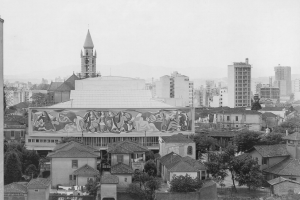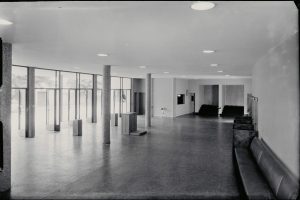teatro
cultura artística
In October 2022, the last phase of Teatro Cultura Artística reconstruction began. So that it can bereopened in 2024 in its entirety, we need everyone’s help. Be part of this story!
a national heritage
“The two greatest Brazilian conductors and composers, Heitor Villa-Lobos and Camargo Guarnieri,prepared with special care the opening concert of TeatroCultura Artística and the opening of the1950 season”, thus describes Ivan Ângelo the opening show of what was in one of the largest andmost modern cultural complexes in Latin America at the time. Rino Levi’s project was featured invarious specialized magazines at the time, highlighting the acoustics of the concert halls, the modernair conditioning system, the dressing rooms and the monumental panel by Di Cavalcanti. Its twostages, in the decades that followed, would host memorable theater, music, singing and dancingshows. All of this makes Teatro Cultura Artística an important Brazilian cultural and architecturallandmark, justifying its heritage at the federal, state and municipal levels.
a new Teatro Cultura Artística
In August 2008, a major firehit the Teatro Cultura Artística. The two concert halls were destroyed,but fortunately the façade with the mural by Di Cavalcanti, the ground and first floor foyers and thehistorical archives were saved. The approach adopted by architect Paulo Bruna, author of therenovation project for Teatro Cultura Artística, preserves and recovers all the remaining areas of thehistoric building and updates the concert halls, circulation areas and support areas in accordancewith the most modern precepts of technology, acoustics and safety. When ready, the Theater’s twostages will once again host a varied program with the same quality that makes Artistic Culture areference. The living areas on the ground and first floors will remain open during the day and theeducational actions that the institution hasdeveloped over the last few years will now have an infrastructure of excellence. Teatro CulturaArtística is reborn looking to the future!
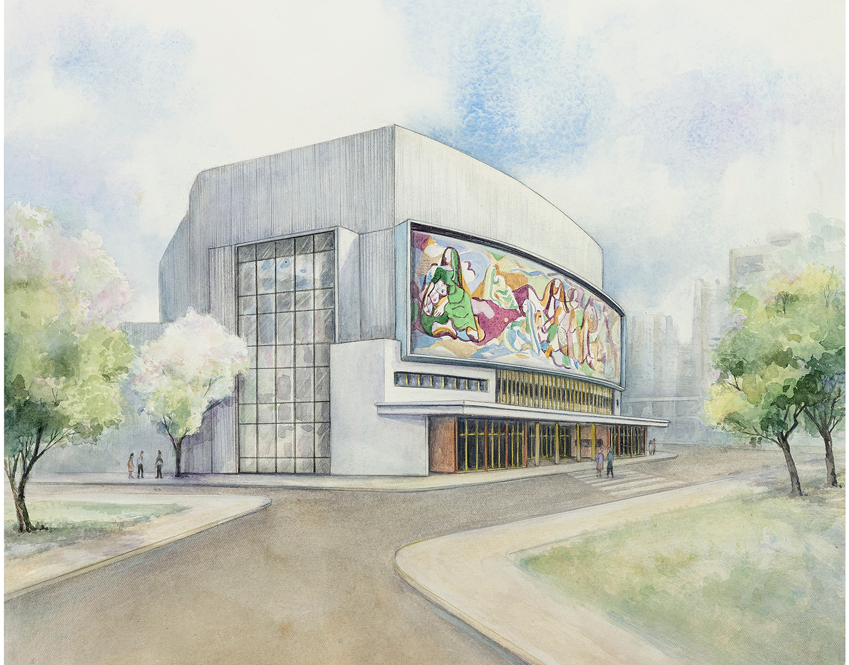
the great room
of shows
Focal point of Teatro Cultura Artística, the Great Room was redesigned to house a varied musicalprogram. Its 750 seats, with 400 seats in the central audience and 350 seats in the balcony, willprovide an intimate experience for concerts of classical music, jazz, popular music, electronic music, shows forthe family and educational activities. The intimate atmosphere is accentuated by the workof artist Sandra Cinto that covers the entire room. Working closely with the acoustic engineers, theartist conceived lines and curves that give the work movement andat the same time respond to thetechnical needs of sound reflection. The choice of yellow color dialogues with the history of thebuilding, as it is the same color originally used by Rino Levi.
My project for the walls of Teatro Cultura Artística
The image I always had in mind was to create a welcoming space, which welcomes the audience withopen arms and helps them to be transported by the music.wherever she leads you. An image open to different interpretations: a landscape, clouds, water,movement, butterfly effect, vibration, dream…Placing the empty pentagram at center stage is a great tribute to musical writing and all thecompositions that have been made and those yet to come.I really like to dialogue with the history of the ancient theater in chromatic terms, this is themy way of honoring architect Rino Levi and keeping him close. The more yellowish/orange/coppercoloring, tending towards gold, reminds me of a temple, a temple where Music, Art and Love aresacred.
Sandra Cinto
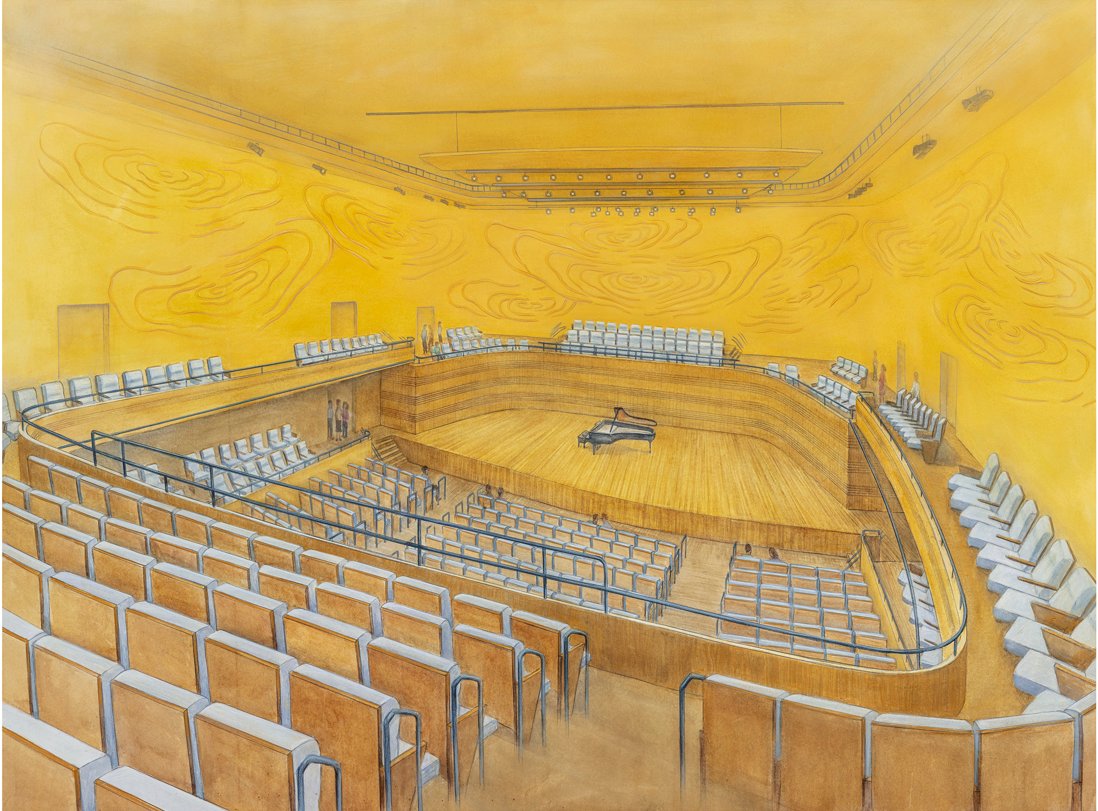
small room
With 150 seats and walls in dark tones, the Small Room was designed as a versatile space, able tohost musical performances, theater shows, dramatic readings, courses and lectures, rescuing thetradition of Artistic Cultureas one of the main cultural stages of the city. The new design maintains two characteristics that referto the original project. Its location on the ground floor, adjacent to the entrance foyer, provides avery close dialogue with the street. In addition, the original color of the armchairs will also beresumed. During the restoration research, it was found that the armchairs were blue, the sameshade as the glass mosaic floor in the foyer, creating a unity between the two spaces.
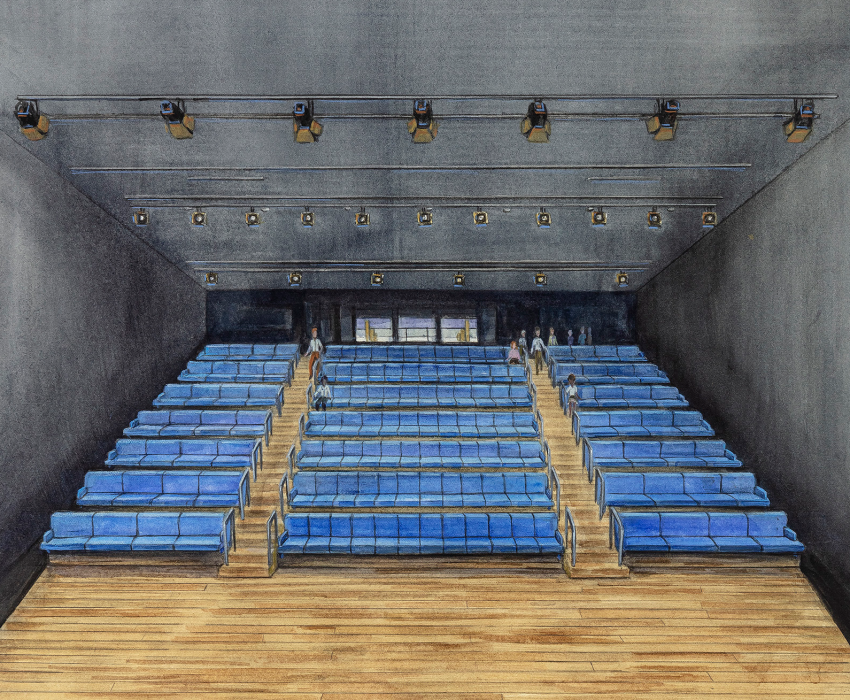
the challenge of
the restoration
Measuring 48 meters long and 8 meters high, the work “Alegoria das Artes” is the largest paneldesigned by Di Cavalcanti. It took 18 months to restore the approximately 1.2 million glass tiles,work that earned IPHAN the Rodrigo Melo Franco de Andrade Award as the best restoration work in2012. Likewise, the other remaining areas of the Theater, including facade, historic foyers on theground and first floors, two staircases and ticket offices will all be restored to their original features.When ready, these spaces will receiveback part of the original furniture designed by Rino Levi and Studio D’Arte Palma, by Lina Bo Bardi and Giancarlo Palanti, complemented by modern furniture and visual communication designed by Luciana Martins and Gerson de Oliveira da ,Egg.

a living building,
in dialogue with the city
Covering the second and third floors of the Theater façade, the panel by Di Cavalcanti has alwaysaroused admiration for all who pass through Rua Nestor Pestana. Just below the panel, the formerfoyers on the first and second floors, all made of glass, provide a seamless integration of theTheater’s interior with its exterior. This interaction will be enhanced by three new spaces. The twostores on the ground floor will be recovered, open to the interior and exterior of the building at thesame time, which will receive a bookstore and a café. In addition, a new foyer framed by a four-storyglass curtain was created to take advantage of the view of the green area, which emerged with thedemolition of the building next to the Theater, and of Praça Roosevelt. All these spaces will remainopen throughout the day, keeping the block alive and contributing to the revitalization of the surroundings.
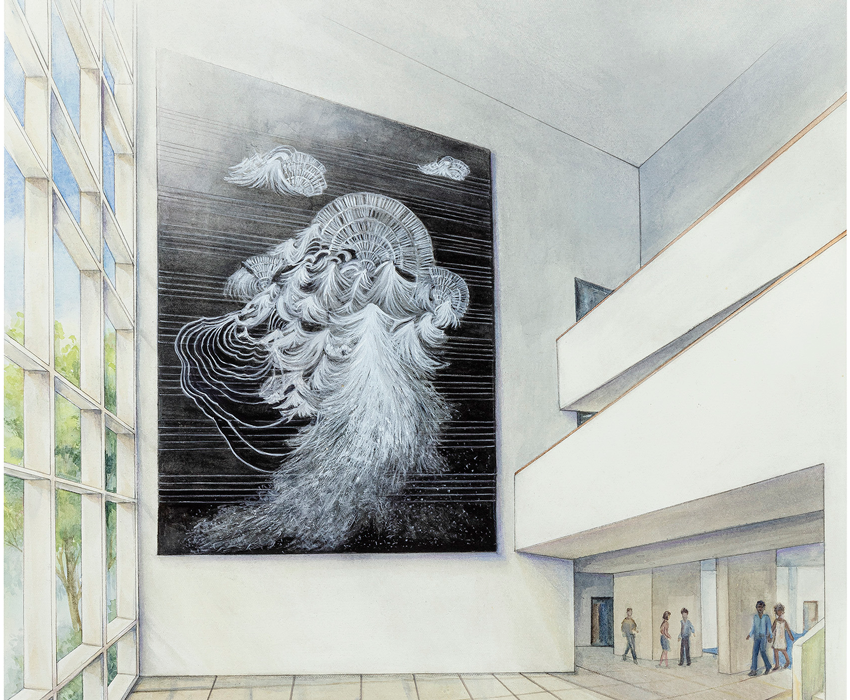
cultura artística
educational
The initiatives developed by Cultura Artística Educativo impact around 10,000 people each year. With the objective of contributing to the development of young musicians and spreading classical music and performance, they include masterclasses, lectures, preservation and research of the historical collection, ticket distribution, digital activities, in addition to the Magda Tagliaferro scholarship program, which today it benefits 16 young people annually, 12 in Brazil and 4 abroad. In the new Teatro Cultura Artística, all existing programs will be expanded and requalified. Masterclasses will be expanded and will gain spaces of excellence for performances. The institution’s scholarship holders will have spaces for study and musical practice, including 4 studios with digital technology, with ideal conditions for recording and distance learning. The Artistic Culture heritage will have a dedicated room, equipped with modern technology and security precepts. Finally, guided tours aimed mainly at schools will be held throughout the day.
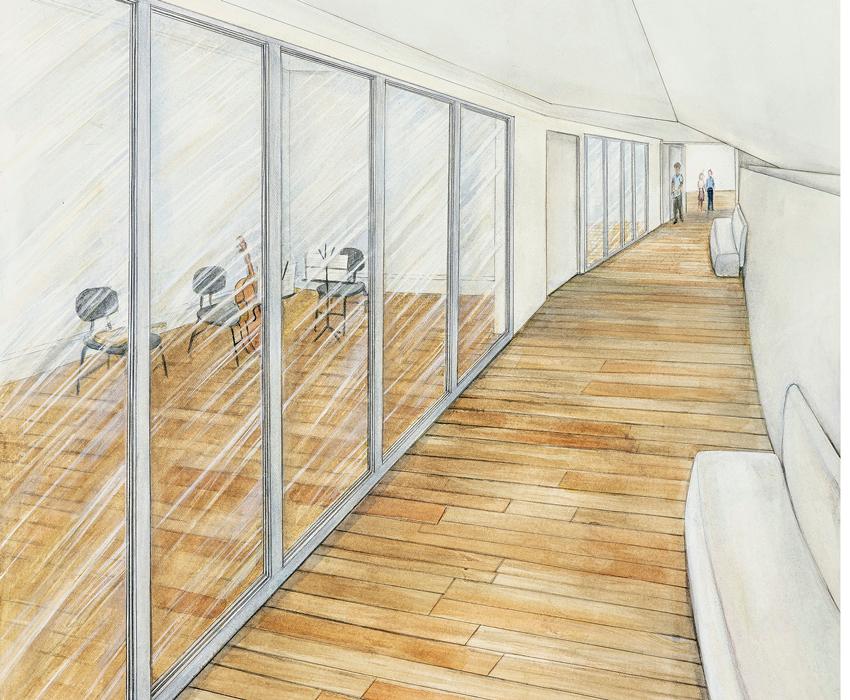
(11) 3256 0223
reconstrucao@culturaartistica.org
Click here and access the list of Patrons of Teatro Cultura Artística.
Click here to access the complete brochure about Teatro Cultura Artística

supports the reconstruction
of the Teatro Cultura Artística



